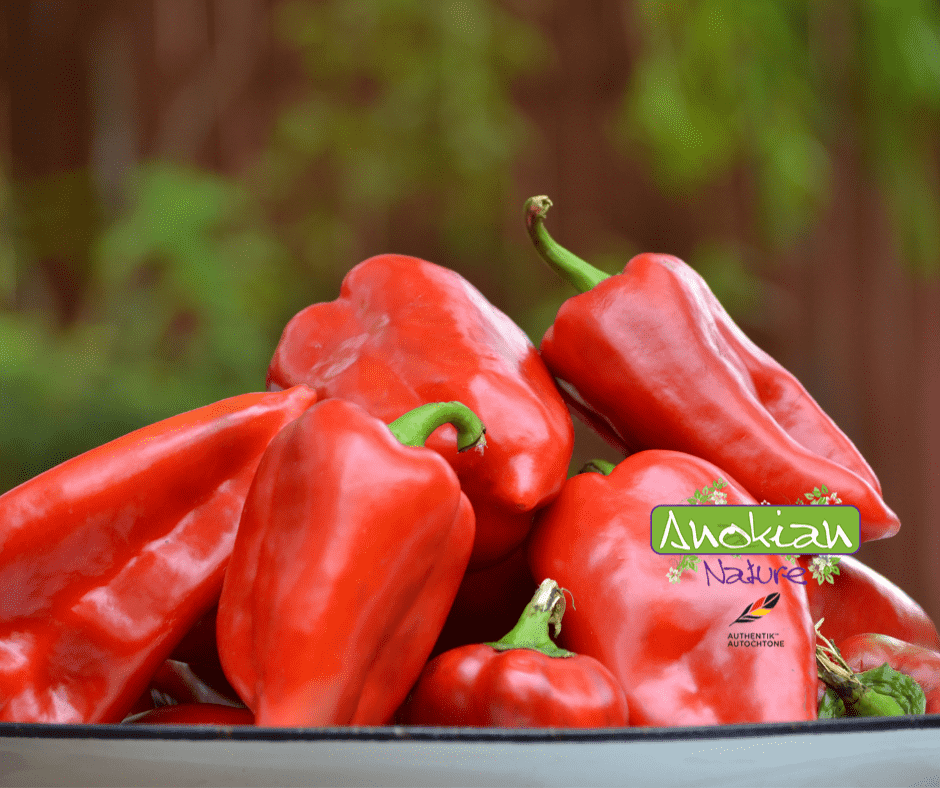Skip to product information










Seed | Vinedale Pepper
$3.99 CAD
Quantity
Vinedale pepper seeds carefully selected for their germination quality and optimal yield. These peppers develop a distinctive flavor and a meaty texture when ripe.